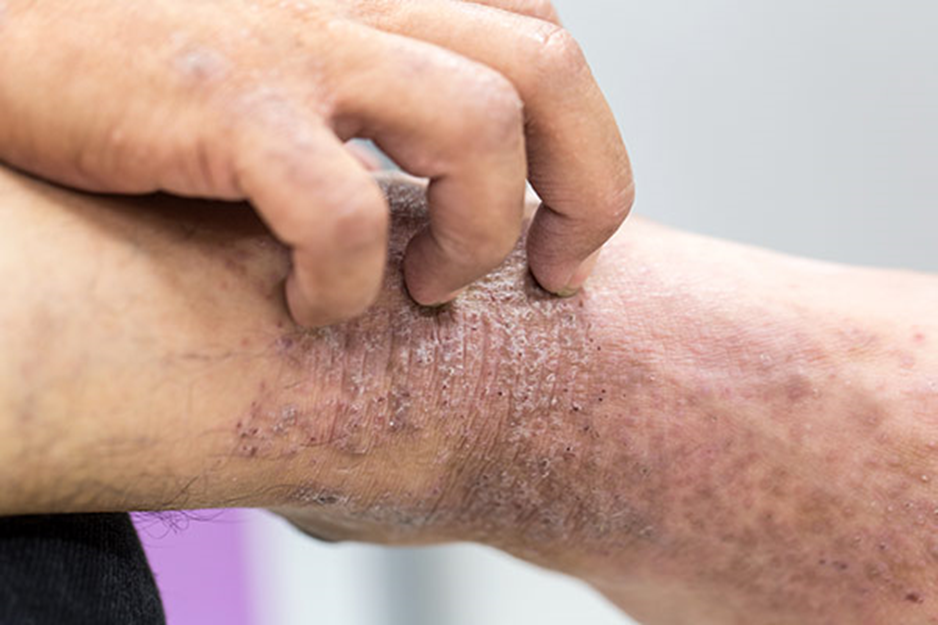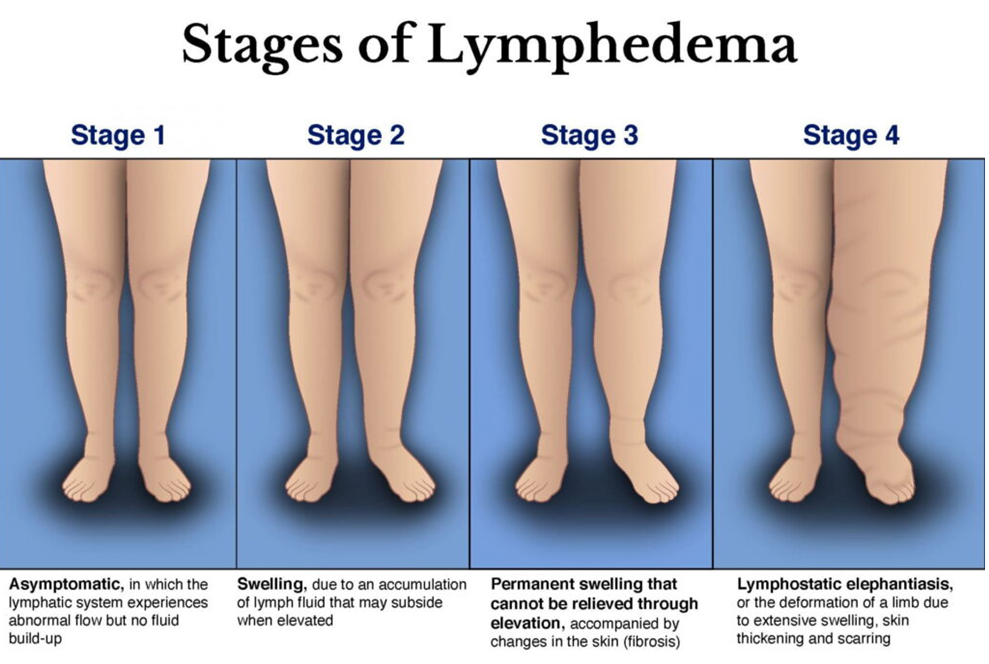A nurse is assisting with the care of a client who is receiving penicillin via intermittent IV bolus. Which of the following should the nurse recognize as a clinical manifestation of anaphylaxis?
Pallor
Peripheral edema
Hypertension
Pruritus
The Correct Answer is D
Choice A: This is incorrect because pallor is not a sign of anaphylaxis. Pallor can indicate shock, anemia, or hypoxia.
Choice B: This is incorrect because peripheral edema is not a sign of anaphylaxis. Peripheral edema can indicate heart failure, kidney disease, or venous insufficiency.
Choice C: This is incorrect because hypertension is not a sign of anaphylaxis. Hypertension can indicate stress, pain, or renal disease.
Choice D: This is correct because pruritus is a sign of anaphylaxis. Pruritus is a severe itching sensation that can accompany hives, rash, or angioedema.

Nursing Test Bank
Naxlex Comprehensive Predictor Exams
Related Questions
Correct Answer is C
Explanation
Choice A reason: Discouraging reminiscing about the past is not a helpful strategy for a client who has dementia and confusion. Reminiscing can stimulate memory, enhance mood, and promote social interaction.
Choice B reason: Asking open-ended questions that encourage the client to express their feelings is not appropriate for a client who has dementia and confusion. Open-ended questions can increase frustration and anxiety for the client who may have difficulty finding words or recalling events. The nurse should use simple, direct, and closed-ended questions instead.
Choice C reason: Using holiday decorations to provide orientation to the time of the year is a beneficial action for a client who has dementia and confusion. Holiday decorations can help the client recognize familiar cues and reduce disorientation.
Choice D reason: Encouraging multiple family members to visit the client at the same time is not advisable for a client who has dementia and confusion. Multiple visitors can overwhelm and agitate the client who may have trouble recognizing faces or voices. The nurse should limit the number of visitors and ensure they are calm and supportive.
Correct Answer is B
Explanation
Choice A reason: Keeping both arms below the level of the client's heart can increase venous pressure and fluid accumulation in the affected arm, which can lead to lymphedema.
Choice B reason: After a mastectomy, it’s important to avoid procedures like blood draws, injections, or blood pressure measurements on the side where the surgery was performed to prevent lymphedema. Therefore, using the client’s left arm for blood samples is a preventive measure.
Choice C reason: Obtaining blood pressure readings using the client's right arm is an incorrect action that can increase lymphatic fluid accumulation and impair circulation in the affected arm.
Choice D reason: Limiting range-of-motion exercises with the affected arm is an incorrect action that can decrease lymphatic drainage and increase swelling in the affected arm. The nurse should encourage the client to perform gentle exercises, such as squeezing a soft ball or raising and lowering the arm, to promote lymphatic flow and prevent stiffness.

Whether you are a student looking to ace your exams or a practicing nurse seeking to enhance your expertise , our nursing education contents will empower you with the confidence and competence to make a difference in the lives of patients and become a respected leader in the healthcare field.
Visit Naxlex, invest in your future and unlock endless possibilities with our unparalleled nursing education contents today
Report Wrong Answer on the Current Question
Do you disagree with the answer? If yes, what is your expected answer? Explain.
Kindly be descriptive with the issue you are facing.
